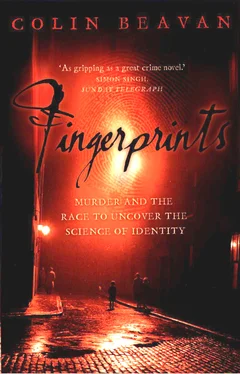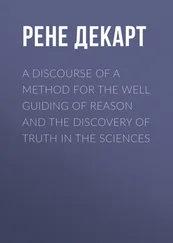Beccaria’s writing inspired humanitarian reformers across Europe. In England, philosopher Jeremy Bentham took up Becarria’s cause in a 1789 book of his own, An Introduction to the Principles of Morals and Legislation . He argued that the object of all legislation should be the “greatest happiness of the greatest number.” A punishment should not inflict any more unhappiness than the crime it was designed to deter. By this standard, executing thieves and other petty criminals was immoral.
For one of Bentham’s disciples, Samuel Romilly, the end of the death penalty became a quest. The Member of Parliament campaigned tirelessly to reform the Bloody Code and to rid the law of its overbearing cruelties. In 1808, he won a victory when he championed legislation abolishing the death penalty for pickpockets. But Romilly didn’t live to see the other fruits of his labors. Heartbroken by the death of his wife, he committed suicide in 1818 at the age of sixty-one.
Between 1832 and 1834, the English Parliament abolished the death penalty for shoplifting a value of five shillings or less, forgery of coins, returning from deportation, letter-stealing, and religious sacrilege. By 1861, only four offenses would be punishable by death: murder, treason, piracy with violence, and arson of royal dockyards. The hangman had seen his day.
Around the continent, prisons sprang up to house criminals spared by the less-often-employed gallows. England’s first national penitentiary, Millbank, in London, locked the cell door on its first prisoner in 1816. Pentonville Prison came in 1842, and by 1848, around the country, England had erected fifty-four new prisons, providing 11,000 new cells. In the previous century, prisons had housed only debtors and unfortunates awaiting their turns at trial or the gallows.
Early in the reign of the jailkeeper, in the 1820s and 1830s, crime statistics made their first appearance. They revealed the existence of a breed of hardened outlaws who, no matter how often they went to jail, always returned to their villainous ways. As a social phenomenon, the group quickly attracted the interest of science. Why would this group, in spite of the risks, return again and again to their lawbreaking? Were they bad in their very essence? Or was society somehow to blame?
One of the world’s first demographers, the Belgian Lambert Adolphe Quételet, took up these questions. Quételet analyzed three years of French crime statistics, and he published his findings in his 1835 book Sur L’homme (known in English as A Treatise on Man, and the Development of His Faculties) . A third of murders, he found, occurred during barroom brawls. Young working-class men accounted for the greatest proportion of crime. Upper-class villains tended more toward personal violence than theft.
His great criminological discovery was the connection between crime rates and social conditions. When the economy dipped, law-abiding citizens suddenly started stealing. Old thieves stole more often. Crime waves and economic recessions correlated so closely that felons appeared to have no free will. It was as if, in bad times, some societal puppeteer began pulling their strings. Quételet concluded that the blame for lawbreaking belonged partly to society. The severity of a criminal’s punishment should therefore depend on the circumstances of his crime.
Конец ознакомительного фрагмента.
Текст предоставлен ООО «ЛитРес».
Прочитайте эту книгу целиком, купив полную легальную версию на ЛитРес.
Безопасно оплатить книгу можно банковской картой Visa, MasterCard, Maestro, со счета мобильного телефона, с платежного терминала, в салоне МТС или Связной, через PayPal, WebMoney, Яндекс.Деньги, QIWI Кошелек, бонусными картами или другим удобным Вам способом.












